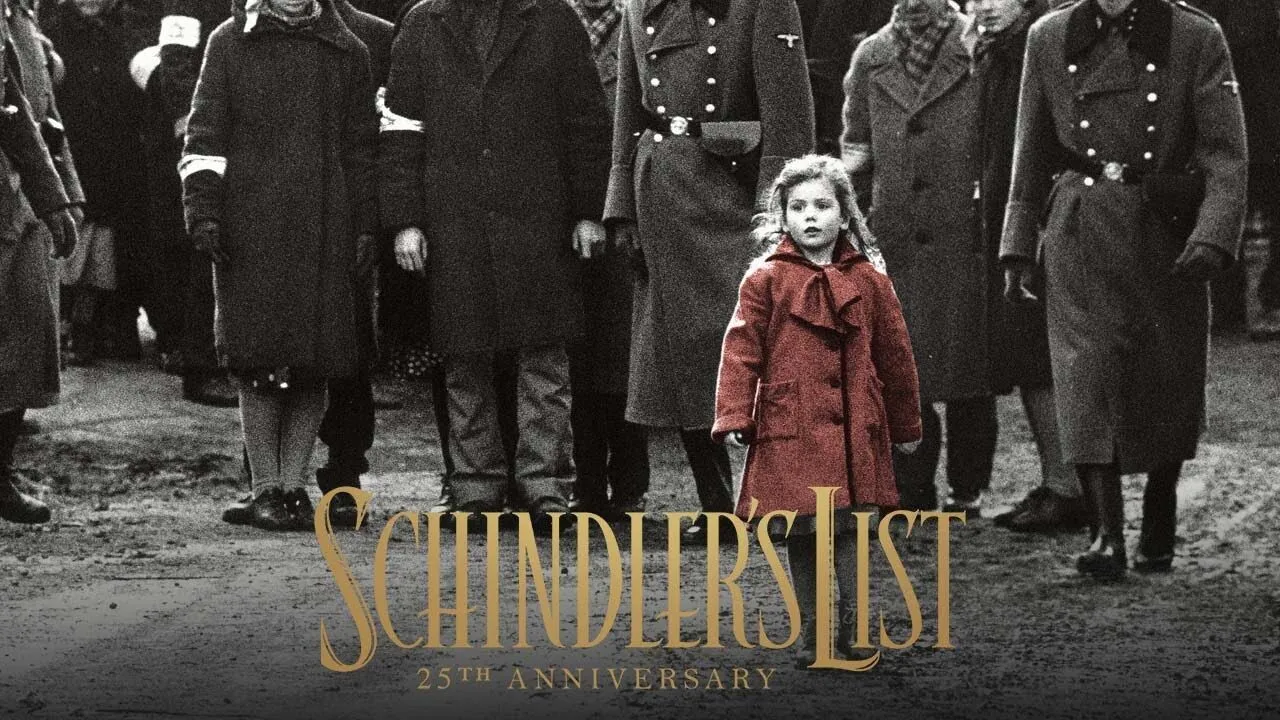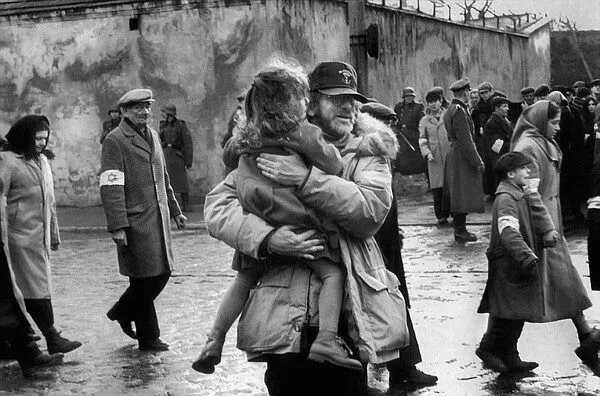Steven Spielberg’s Schindler’s List is a cinematic masterpiece that stands as one of the most powerful and heartbreaking films ever made. Released in 1993, this historical drama tells the true story of Oskar Schindler, a German businessman who saved over 1,100 Jewish lives during the Holocaust. Featuring a stellar cast led by Liam Neeson, Ben Kingsley, and Ralph Fiennes, the film is an unforgettable exploration of human resilience, moral transformation, and the horrors of genocide.

One of the most striking aspects of Schindler’s List is its cinematography. Shot in stark black and white, the film captures the bleak and brutal reality of Nazi-occupied Poland. The use of real locations, documentary-style camera work, and natural lighting makes the film feel incredibly authentic. The haunting contrast between darkness and light mirrors the moral journey of Oskar Schindler, as he transitions from a self-serving businessman to a savior of lives.

Liam Neeson delivers an extraordinary performance as Oskar Schindler. At the beginning of the film, he is portrayed as a charismatic entrepreneur who seeks to profit from World War II. However, as he witnesses the atrocities committed against the Jewish people, he undergoes a profound transformation. Neeson masterfully portrays Schindler’s internal conflict, making his eventual redemption both believable and deeply moving.

Ralph Fiennes delivers a chilling performance as Amon Göth, the ruthless Nazi officer who oversees the Plaszów concentration camp. Göth’s cruelty is terrifyingly real, and Fiennes’ portrayal of him is one of the most disturbing in cinematic history. His scenes highlight the sheer inhumanity of the Holocaust, making Schindler’s efforts to save lives even more powerful. Ben Kingsley also shines as Itzhak Stern, Schindler’s Jewish accountant, who plays a crucial role in helping him create the now-famous “Schindler’s List.”

One of the most emotionally impactful elements of the film is the use of the “girl in the red coat.” In an otherwise black-and-white movie, this small moment of color draws attention to a young Jewish girl wandering through the chaos of a Nazi massacre. Her fate becomes a symbol of the countless innocent lives lost, and Schindler’s realization of her death marks a turning point in his journey. This haunting image remains one of the most unforgettable moments in cinema.

The film’s final scenes are among the most emotional ever put on screen. As Schindler breaks down, lamenting that he could have saved more lives, the weight of his actions—and the cost of those he couldn’t save—hits both the character and the audience. The real-life footage of the Schindler Jews visiting his grave in the present day adds a deeply personal and historical weight to the story, reminding viewers that these events were not just cinematic fiction but a reality.
